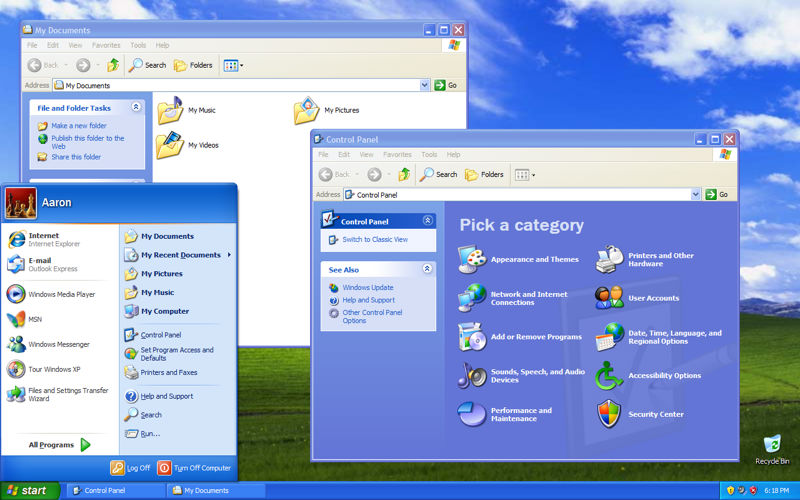

Tech History is a new series on TechWeekEurope in which we reflect or lament the technologies, figures and companies that have made major contributions to our industry. You can find more Tech History articles here
On 2 August, the first major upgrade to Windows 10, the operating system that seeks to control jut about every type of device imaginable from PC to Raspberry Pi, will roll out across the world, delivering a range of usability and security enhancements.
It’s almost 30 years since the first version of Windows was made generally available and has since become essential to just about all types of business – those which don’t need fancy Mac computers that is.
But how has Windows developed over the past three decades? We take a trip down memory lane to see how the platform has transformed from a GUI shell for MS-DOS into the behemoth it is today, but no, we don’t know where Windows 9 is either.
Windows 10 Anniversary Update: What we know
However despite the eventual success of the operating system, Windows 1.0 received some negative reviews – partly because of its reliance on the mouse, which hadn’t been widely adopted at the time
These include the control panel, the terms ‘minimise’ and ‘maximise’ and support for the first Windows versions of Word and Excel. Windows 2.0 was also the last version not to need a hard disk to install.
Six months later, Windows 2.1 was released to take advantage of new Intel processors, while a further update in 1989 made minor changes to memory management, printing and drivers.
A new protected mode allowed Windows applications to use extra memory more easily than on MS-DOS, while the release was the first to come pre-loaded on some PCs.
The Windows for Workgroups 3.11 extension allowed businesses to share resources without the need for a central server and the embedded version was so popular it was provided to manufacturers until 2008 – partly due to its use in cash tills and in-flight entertainment systems.
It was released in July 1993 in workstation and server editions, and received an incremental update in the form of Windows NT 3.5. Windows NT 4.0 (right) followed three years later, boasting a similar interface to Windows 95, although NT 4.0 was considered much more stable than its consumer counterpart.
Windows 2000, originally labelled NT 5.0, followed at the turn of the millennium boasting some of the usability improvements of Windows 98 as well as new administration tools. It came in professional, server, advanced server and data center varieties and was the last version of Windows not to require product activation.
This need to reach the shelves quickly resulted in the Windows 9x family, the first entry of which was Windows 95. Backed by a huge marketing campaign, Windows 95 came with a significantly enhanced user interface which introduced the start button and taskbar.
It also added simpler plug and play features and although the kernel itself was 32-bit, much of the code remained 16-bit because it was recycled from 3.1.
Windows 98 was wildly popular to the point Microsoft abandoned its original end of support date of 1 January 2004 until 11 July 2006 (sound familiar?). Indeed, 27 percent of all visits to Google in 2003 were from Windows 98 machines.
Many of the new features had already been made available to Windows 95 and 98 users through updates and many enterprise functions were absent as Microsoft attempted to make a clear distinction between the consumer-facing ME and business-focused Windows 2000.
The much-maligned Windows ME had a limited shelf-life however as XP was released just a year later.
Windows XP to Windows 10 on page 2….
Page: 1 2
New chapter for famous name from Internet's early days, Napster, has been acquired and will…
Solving not-spots? Ofcom proposal to make UK the first European country to allow ordinary smartphones…
Pioneering robotaxi service from Alphabet's Waymo to go live in Washington DC next year, as…
Dozens of Chinese firms added to US export blacklist, in order to hamper Beijing's AI…
Chinese rival BYD overtakes global revenues of Elon Musk's Tesla, as record number of Tesla…
Messaging app Signal in the headlines after a journalist was invited to a top secret…